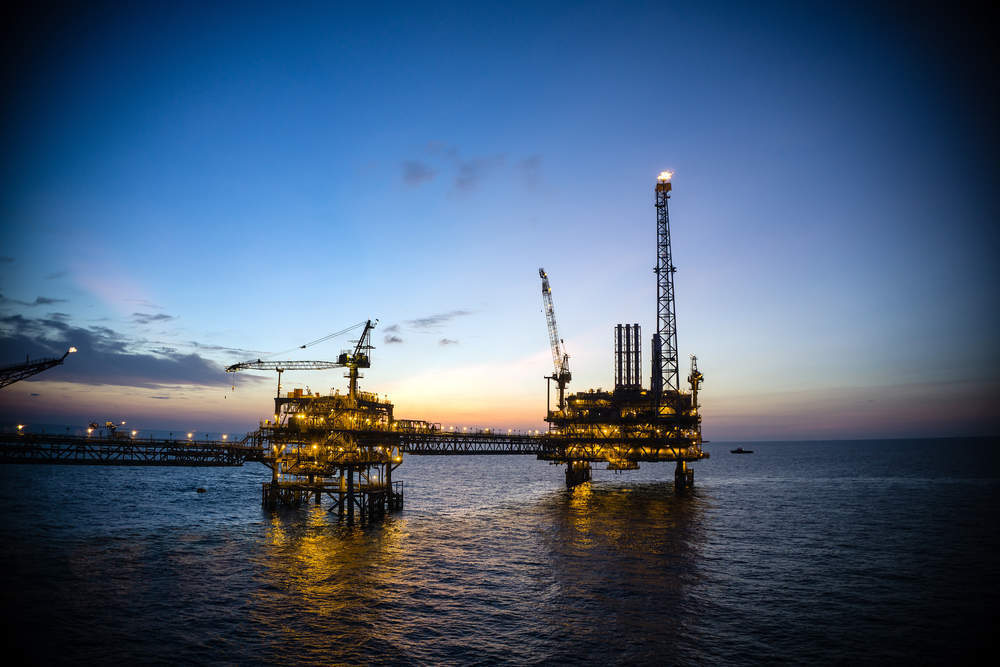
Oil supply will be able to meet oil demand in the next two years, but a lack of investment could lead to a global supply crunch after 2020 the International Energy Agency (IEA) has warned.
Only investment into new projects will be able to ensure there is sufficient oil output to meet rising consumption, according to the trade body.
The IEA estimates that without sufficient spending on the supply side of the oil industry, spare capacity will drop to just over 2% of demand; the lowest proportion since 2007.
The oil industry has not recovered from an unprecedented two-year drop in investment in 2015 and 2016.
There has been little increase in upstream spending outside the US in 2017 and the IEA sees the situation as remaining the same in 2018.
The IEA described the recovery in investments as having “barely started”.
How well do you really know your competitors?
Access the most comprehensive Company Profiles on the market, powered by GlobalData. Save hours of research. Gain competitive edge.

Thank you!
Your download email will arrive shortly
Not ready to buy yet? Download a free sample
We are confident about the unique quality of our Company Profiles. However, we want you to make the most beneficial decision for your business, so we offer a free sample that you can download by submitting the below form
By GlobalDataHowever, it said “it is not too late to avert a [oil] supply crunch, provided companies start to sanction development work without delay”.
Oil production growth in the US, Brazil, Canada and Norway will more than meet global oil demand until 2020.
The Organisation of Petroleum Exporting Countries’ (Opec) largest producer, Saudi Arabia, will provide stability for global oil markets since it holds the largest share of spare oil capacity at two million barrels per day.
Global oil production capacity is forecast to grow by 6.4 million barrels per day to 107 million barrels per day by 2023, with US shale expected to contribute significantly to the growth in global oil supply.
The IEA has forecast US shale is to produce nearly 17 million barrels per day in 2023 – an increase of 3.8 million barrels per day from last year.
Global oil demand is predicted to increase by 6.9 million barrels per day to 104.7 billion barrels per day by 2023.
Demand growth is expected to come primarily from Asia and will account for seven out of every ten extra barrels consumed globally by 2023, Reuters reports.
China is currently the main engine, but India is expected to overtake China in terms of demand growth by 2022.
The petrochemicals industry in the US — which is currently thriving due to the low cost of ethane — will also contribute to surging oil demand. It is predicted to account for 25% of oil demand growth by 2023.
What was said:
Fatih Birol, the IEA’s Executive Director, said in a statement:
The US is set to put its stamp on global oil markets for the next five years.
But as we’ve highlighted repeatedly, the weak global investment picture remains a source of concern. More investments will be needed to make up for declining oil fields – the world needs to replace 3 mb/d of declines each year, the equivalent of the North Sea – while also meeting robust demand growth.
We don’t see a peak in oil demand any time soon. And unless investments globally rebound sharply, a new period of price volatility looms on the horizon.
What this means:
The oil industry has experienced a few price shocks in the last few decades as a result of financial crises, political instability in Opec countries, and supply and demand disparities.
There is a concern that another shock in the form of an oil supply crunch could be on the horizon and that due to a lack of sufficient spare capacity because of a failure to recover from the 2014 price crash the industry could struggle to ride this shock effectively.
This could lead to longer-term issues for the oil industry as a whole.





